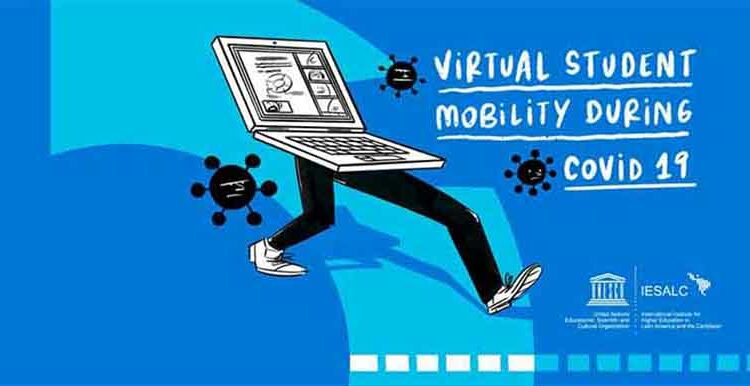The pandemic-induced costs of studying abroad are not only financial and psycho-social but technological. Globally, the digital divide has shown that where access to the internet is very high (for instance, in North America where the internet penetration rate is 90% and Europe where it is 87%), students find it easier to switch from face-to-face to virtual classes than those in regions that are much less connected (such as in Africa, where the internet penetration rate is 43%).
In many countries this figure is even lower: in Tajikistan (Central Asia), for example, only 3% of the population have a home broadband connection and most students are reliant on mobile data, which costs more than in any other ex-Soviet country.
The digital divide also shows up within countries. In the United States, for example, there are systemic racial barriers to both internet access and technology. In Thailand, a quarter of university students are from poor families, which has a bearing on access to equipment and connectivity even though, like in the US, the country’s overall digital infrastructure is good.
In Latin America and the Caribbean, marked differences in internet availability and speed disadvantage higher education institutions in remote areas as well as students who have had to return home to rural areas.
Students on the thin edge of the digital divide have more limited access to online resources and international experiences than their counterparts. They are ‘being left behind with e-learning’ when they don’t have electricity, can’t afford mobile data and don’t have access to training to learn how to use online learning tools and develop digital literacies.
However, there has been less consideration of the connections between the digital divide and the implications this has for student mobility. Yet within weeks of the pandemic’s spread, an International Association of Universities survey in over 100 countries found that 60% of universities and colleges around the world had managed to come up with alternatives to physical student mobility.
Furthermore, existing mobility programmes such as Erasmus Mundus have made significant efforts to shift programming online. Inter-university consortia such as the Association of Pacific Rim Universities and the Hemispheric University Consortium in the Americas have set up new virtual forms of student exchange to help students remain connected.
To bring together existing efforts and track pandemic-inspired responses around the world, UNESCO’s International Institute for Higher Education in Latin America and the Caribbean (UNESCO-IESALC) launched a project on virtual student mobility (VSM) in late 2020.
The increasing use of VSM, whether as part of regular university programming or in emergency mode, points to its potential to open up the benefits of student mobility much more than had been the case prior to the pandemic. On the other hand, it also raises new challenges to access, in particular as this relates to the digital divide.
The potential of VSM, however, should not be overlooked. Either as a stand-alone option or blended with some physical mobility, we believe that VSM will play an increasingly important role in the future, helping students to be both mobile and connected.

